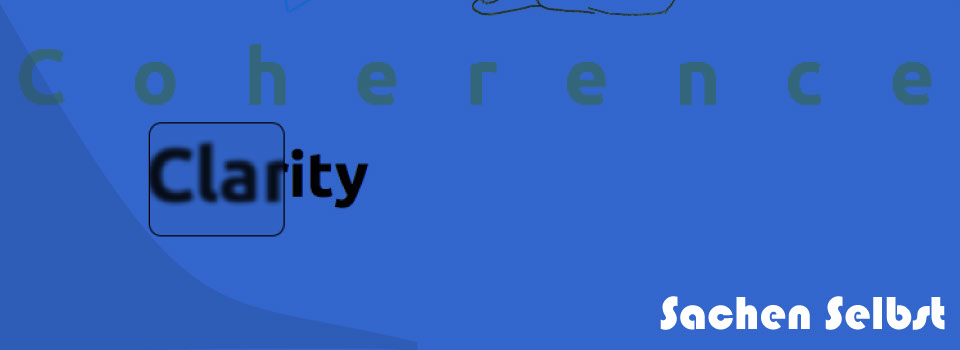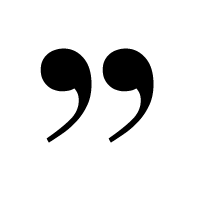
x
Contents
Home
Home
Home

Sachen Selbst!

Media theory is not a new link in the grand chain of critical theory, literary criticism, cultural studies, or visual culture. Rather it exits the chain entirely, turning ninety degrees away from these disciplines.
(Galloway, Thacker, Wark 6)

When facing the increased abstraction of philosophical investigations, Husser told his students to return to the things themselves. “Sachen Selbst!” (To the things themselves!) became their rallying cry. This nexus investigates nondiscursive or prediscursive rhetoricality, particularly in the work of Diane Davis. Nondiscourse does not appear to share discourse’s fetishizing of clarity and coherence. Each is analyzed closely and an attempt is made to explain their impossibility and undesirability, rooted in close readings of Davis and her interlocutors: Lyotard, Levinas, and Burke.
Throughout Discourse, Figure Lyotard references a ninety-degree rotation implied by his analysis. In the central chapter of the book, “Veduta on a Fragment of the ‘History’ of Desire,” he constructs a complex metaphor about such a rotation from art history. In the Middle Ages, art worked like a text. It signified God’s message. The figural existed, but it was behind the canvas, in the mind of God and the meaning of the icon that discourse can only ever approximate. By the end of the Renaissance, advances in the sciences of perspective placed the figural behind the canvas, but now it is a visual figural of realistic representation. Lyotard argues that in the fifteenth century, particularly in the art of Masaccio, art underwent two ninety-degree rotations. The first was a move to the surface of the painting in Masaccio’s imperfect perspective and focus on everyday objects devoid of theological import. The second was in the perfection of perspective to move back to the position of viewer, but at this point the figural has already receded. At that brief moment between the two rotations, however, Lyotard says that painting really was figural.
Anne Wysocki has argued for a similar ninety-degree rotation in her now famous claim that “we should call ‘new media texts’ those that have been made by composers who are aware of the range of materialities and who then highlight the materiality” (15). While I heartily embrace Wysocki’s argument, I would like to alter it slightly: new media texts are those that display their materialization. The distinction made in this minor alteration is it does not depend on any stable composing subject whose intent is to create a reflective text. Throughout this project, I’ve turned to agencies, which might span several bodies, species, and ontologies (object-oriented or otherwise). In other words, when we point to texts’ materialities, they become new media, or the media become new to us, which is to say the same thing.
I’ve tried to distinguish materiality from materialization, in order to retain the immaterial realities that also make up our world. I clarify this position in distinguishing Thomas Rickert’s material conception of ambient rhetoric from Diane Davis’ (im)material trace as preoriginary rhetoricity.


